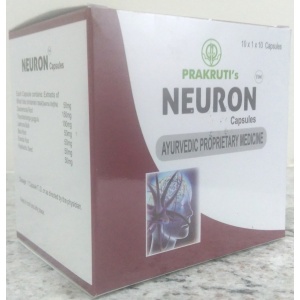Cervical Spondylosis
Showing all 5 results
Cervical spondylosis is a degenerative disorder of the cervical spine. In majority of cases, it is caused due to age related changes taking place in the inter vertebral discs.
What is Cervical Spondylosis?
Common symptoms include neck and shoulder pain and headache.
It affects both men and women equally, but, men comparatively develop it an early age.
Treatment includes pain relieving drugs, exercise and lifestyle changes.
What are the causes of Cervical Spondylosis?
Sign and Symptoms
-- Loss of sphincter control and urinary incontinence are rare but seen in some cases.
-- Difficulty in walking.Diagnosis
Treatment
Neck immobilization with a soft cervical collar. This is the most common, non operative treatment. The collar should be worn as long as possible during the day. Once symptoms are better, it should be worn only during strenuous activities and then gradually discontinued.
Administration of NSAID’s help in reducing pain and inflammation. Muscle relaxants also help in relieving the spasm and pain to a certain extent. Oral and local steroids are beneficial in most cases but must be used with caution and reserved for emergencies.Severe cases may need hospital admission and rest to the spine. This is accompanied with traction to the neck for a few days.Surgery is recommended cases which do not respond to any of these measures and symptoms keep getting worse. t involves removal of spurs and relieving any stenosis in the spinal column. It has the risk of post surgical membrane rupture, bleeding and worsening of the existing condition. Therefore, it should be avoided and resorted to as last measureComplications
if not treated in time, cervical spondylosis can lead to permanent disability. It leads to spinal cord dysfunction in the elderly.





